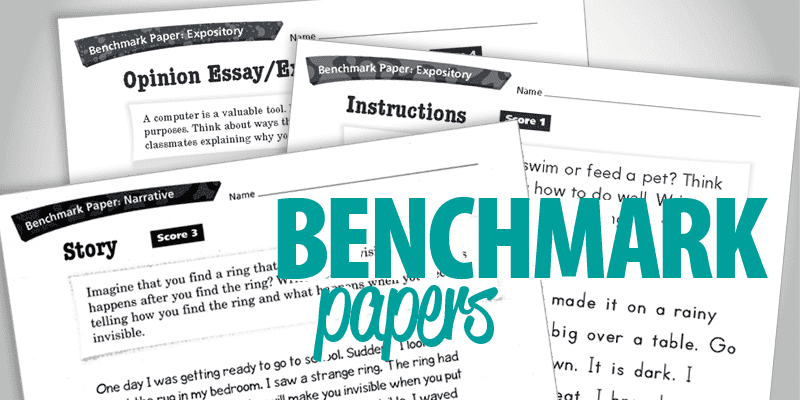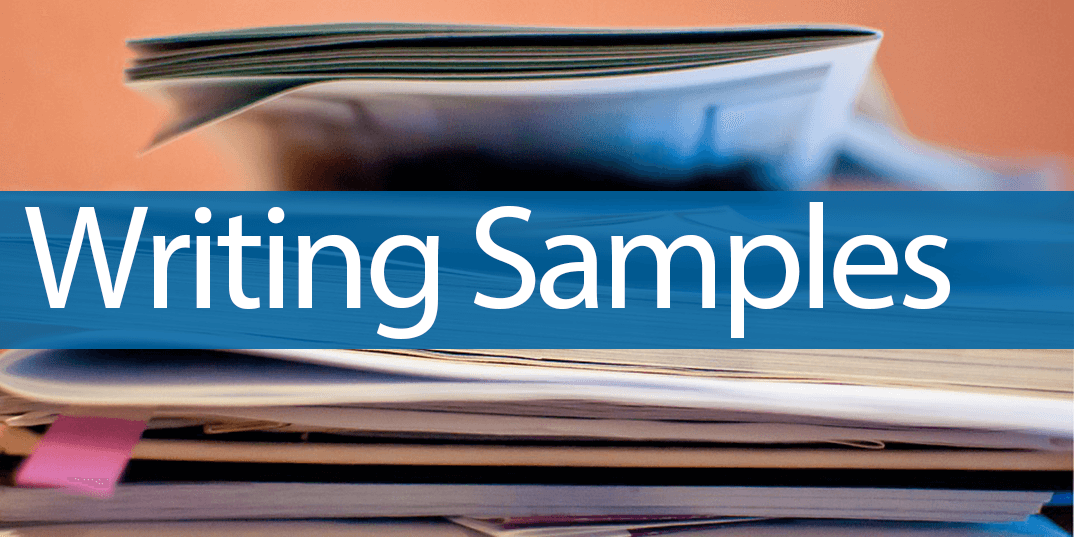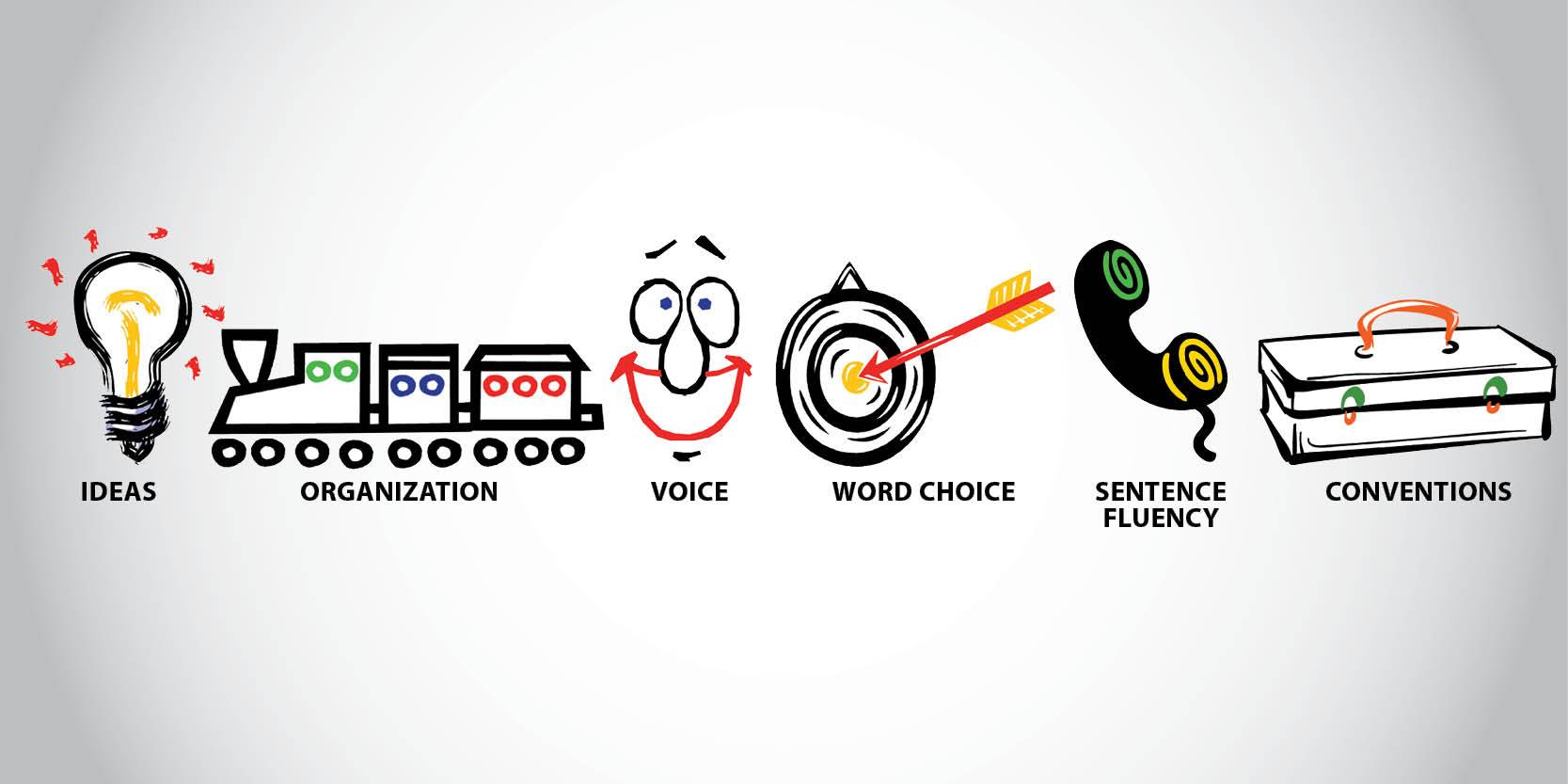Learning Center
writing
Reveal good writing before students write
march 23, 2009

No matter what grade-level you teach, no matter what the subject matter is, no matter what genre you are teaching–you want to show students an example of a “good one” before they write. Besides just modeling a teacher example, reveal an actual student example or anchor paper. Give the students a vision for what a “good one” looks and sounds like. Highlight the 6 Traits of Writing within the shared sample. Show students the expectations of the genre’s structure, length, format, organization, idea development, word choice, etc. But be smart! Don’t show them an example on the very topic you want them to write about, because they’ll just copy it. Show them parallel anchor papers. For example:
- If you want students to write a classroom description, show them a bedroom description.
- If you want students to write a compare-contrast on spring vs. fall, then reveal a cat vs. dog compare-contrast.
- If you want students to write a literature response, show them a well-written response for a previously read novel, not the same novel you want them to write one for.
- If you want students to write a lab report for experiment #7, show them a strong lab report written from experiment #6.
So where do these parallel anchor papers come from? Don’t make them up. Show them authentic examples from real students. You could begin saving examples from actual students right now. You’ll have lots of examples for next year. But if you want grade-level samples immediately, there are numerous websites that provide free, downloadable student examples. With most websites you can identify the grade-level you want samples for, the specific genre, and even whether you want high, middle, or low examples. Check out some favorite anchor paper websites!
The power of an anchor paper is that students have a vision of what a “good one” looks like before they write. They can’t shoot at a target if they don’t know the target. This process decreases the number of times students ask, Is this good? Am I done? Is this what you want? If they have never seen a “good one” they don’t know when they’ve achieved it.
Teacher question:
Emily Gilloon, Queen of Angels School (Chicago, IL) shared, “I am in the middle of a 4th-grade narrative writing unit—the students are generating mysteries based on their interpretation of The Mysteries of Harris Burdick drawings. I thought I was showing them a ‘parallel’ writing sample by creating a storyboard based on a different photo instead of one of the Harris Burdick drawings.” Here is a link to the image she used.
“We created the ‘problem’ first (thanks for that tip!) and then brainstormed from the picture what could possibly happen. Basically, the problem was that characters were crossing an old bridge, and the bridge crumbled, and they were transported to another universe. Now, many of their storyboards (based on completely different drawings) are about their characters going to another world! What would you recommend as an anchor paper if I am trying to show them an example in the same genre? Any thoughts would be greatly appreciated!”
Kristina’s suggestion:
One thing to consider is having your students practice creating problems and possibilities for groups of pictures. In a mini-lesson, use engaging images to demonstrate to students how different problems and possibilities could be created to fit each image. In the instructional part of the lesson, Think Aloud about each image, coming up with several different problems and possibilities unique to each.
During the interactive part of the lesson, show students new images and have them Turn & Talk to think of problems and possibilities. For their independent writing time, have students work in pairs to practice this skill with additional images. Then, they could revisit their Storyboards with new ideas for problems uniquely linked to each picture.




